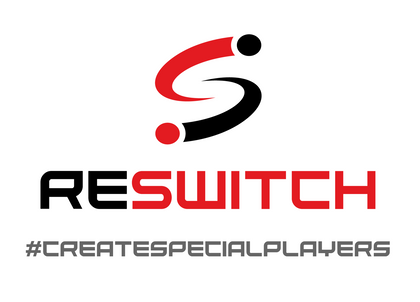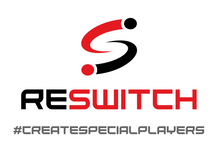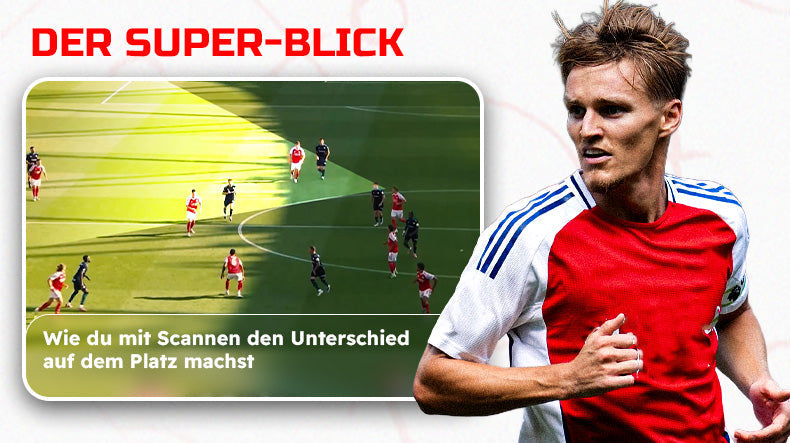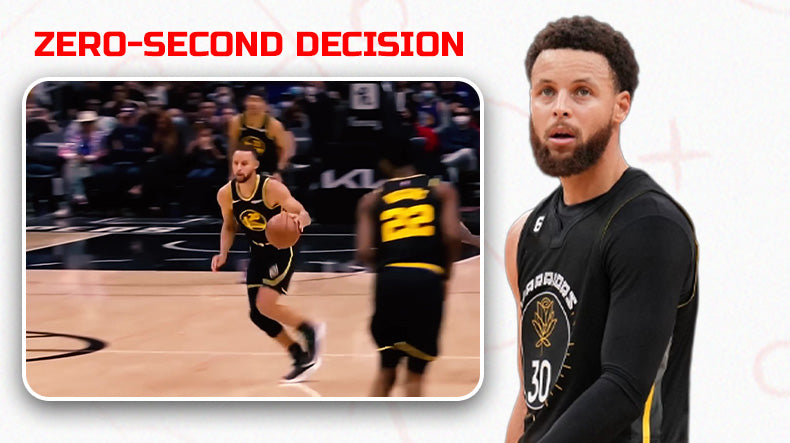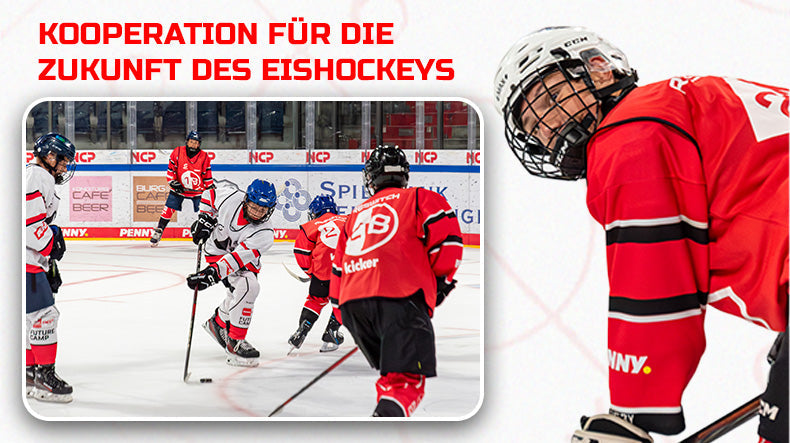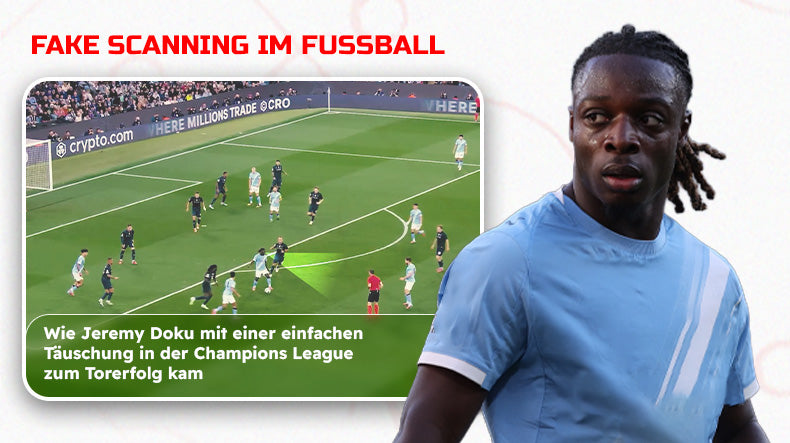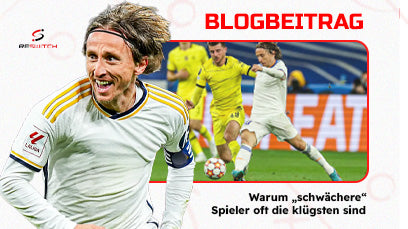Efficient cognitive training with Rondos
But what are the exact training effects and coaching points in training with Rondos, what are sensible variations and why is the Rondo so well suited to training perception and decision-making behavior? We have summarized the most important points for you below:
In classic Rondo, the player on the ball has two options to solve game situations. The first option is to dribble while holding the ball. The second option is a passport. If there is no possibility of passing, I have to dribble to try to create a new situation in order to pass the ball further. There are three options for the pass:
- Pass to the teammate right next to me
- Pass that passes to your teammate next to you but does not go through the defenders
- Pass through the opponents
Training effects and coaching for the attackers...
- Line players must identify and fill gaps
- React very quickly to changing game situations
- Pre-orientation
- Recognize free space to take the first contact out of the pressure
- Pass sharpness and accuracy
- Direct free running after the pass and scanning the field
- Stand open on the forefoot in the direction of play
- Be alert and online for new situations
- If there is an opportunity to dub, it should be used
Training effects and coaching for the defenders…
- Training of peripheral vision, due to the occupation 360* around the defenders in the field
- React quickly to new situations, as new situations always arise by letting the ball run
- Decision-making – do I block the passing path, do I block the opponent, do I release the opponent and consciously open a passing window which I can then run into or do I go to the player with the ball and try to win the ball
- Be alert and online for new situations
- Quickly change position by moving on the forefoot and with the body's center of gravity lowered
Variations…
- Shape and size of the field
- Mandatory contacts (example: 2 contacts for training the first contact from print)
- Maximum contacts
- Directions of play
- Follow-up actions by the hunters
- Follow-up actions by the outside players before he is allowed to play the next pass
- Number of players for outnumbered/undernumbered players
- Time limits and other pressure components
- Field changes in switching
RESWITCH – Exercises
Below you will find three Rondo forms in conjunction with RESWITCH and a detailed description of the process.
Do you know other Rondos that you regularly incorporate into your training? Then send it to us and we will share it with the RESWITCH community
Have fun trying
Author: Jonas Kumpan
